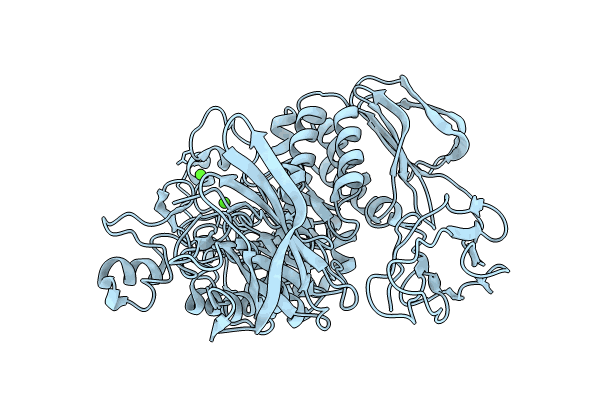
Deposition Date
2023-06-06
Release Date
2023-12-13
Last Version Date
2024-07-03
Entry Detail
Biological Source:
Source Organism:
Alkalihalophilus pseudofirmus OF4 (Taxon ID: 398511)
Host Organism:
Method Details:
Experimental Method:
Resolution:
3.20 Å
R-Value Free:
0.24
R-Value Work:
0.20
R-Value Observed:
0.20
Space Group:
P 61 2 2


